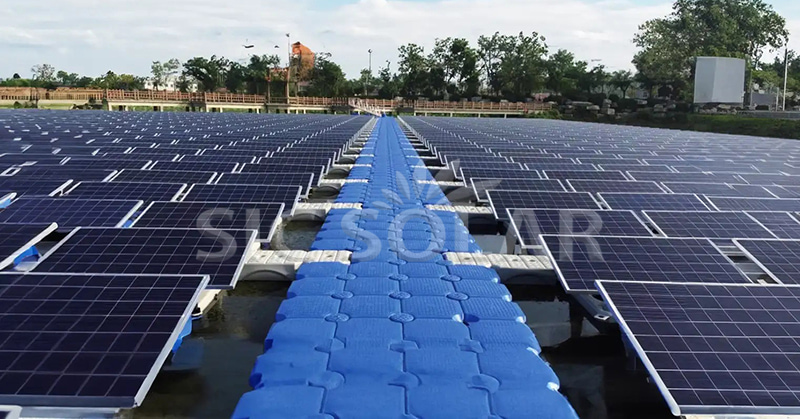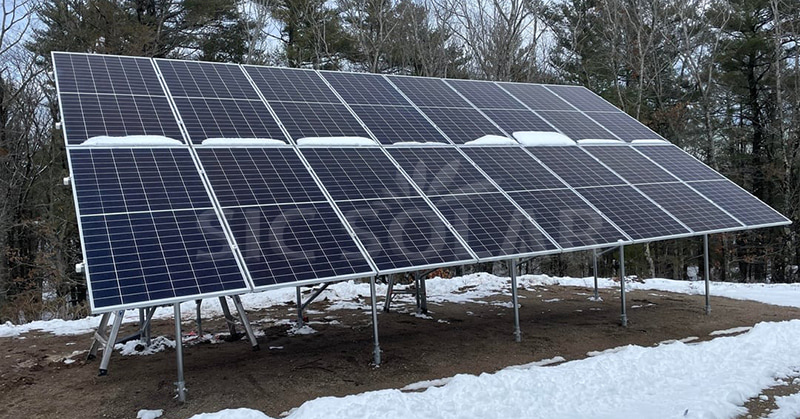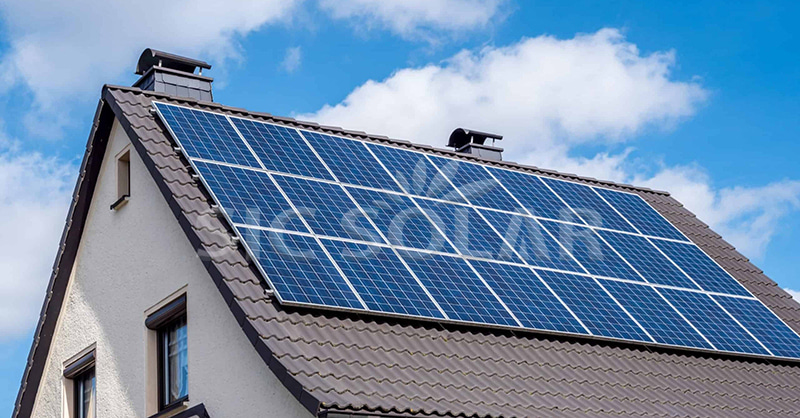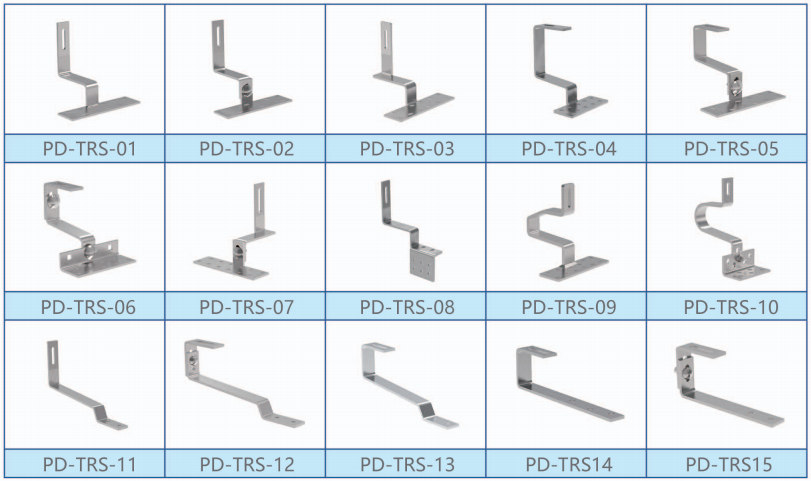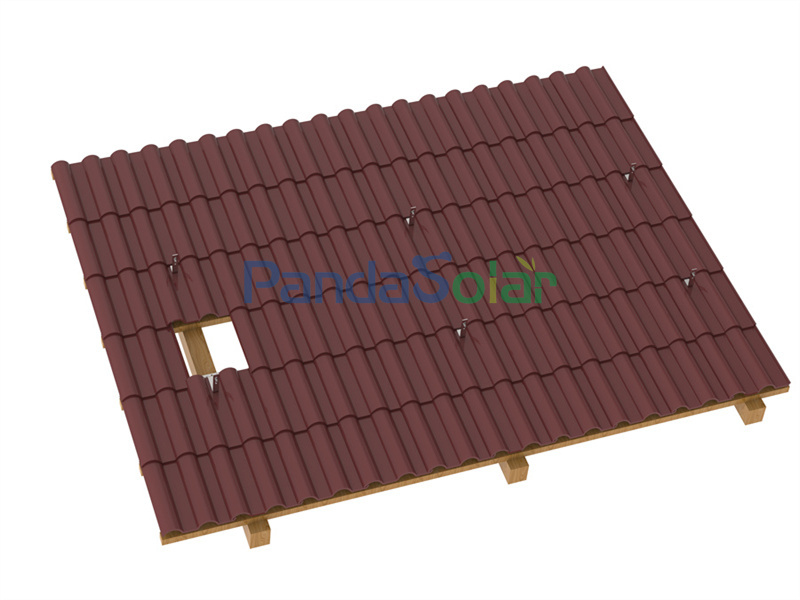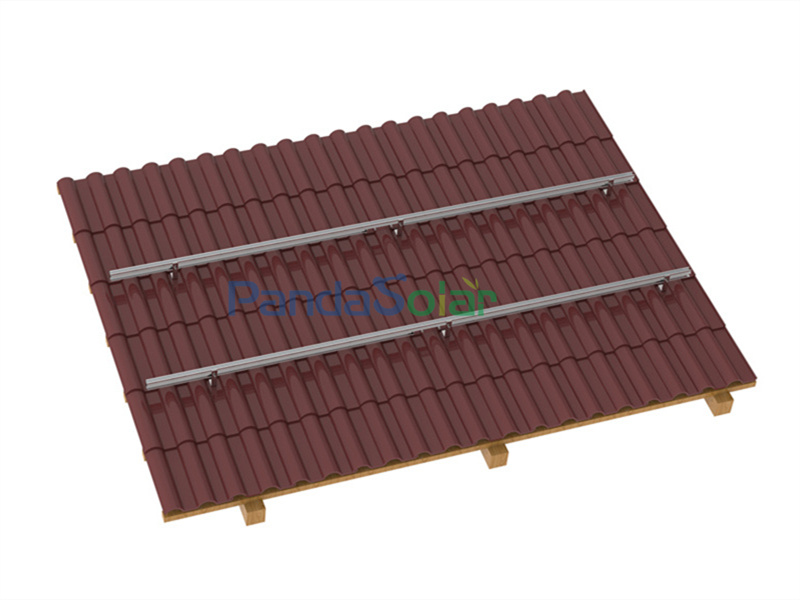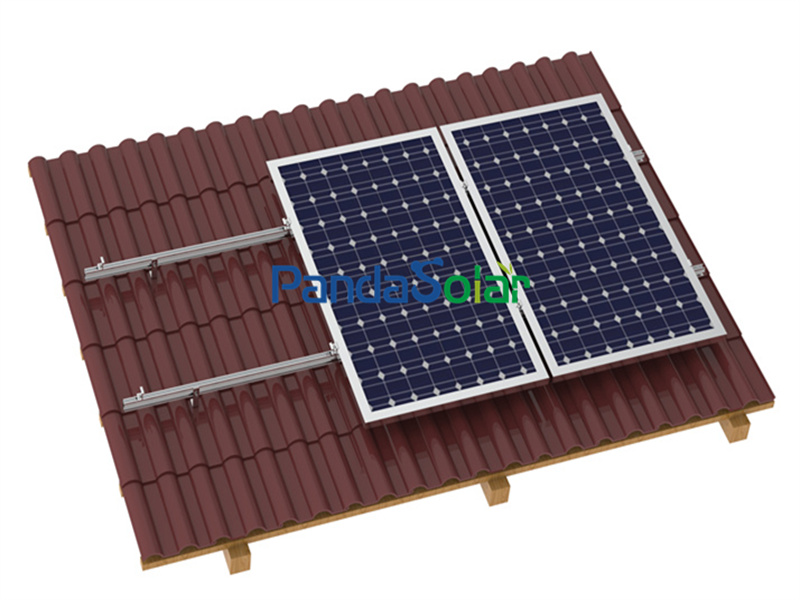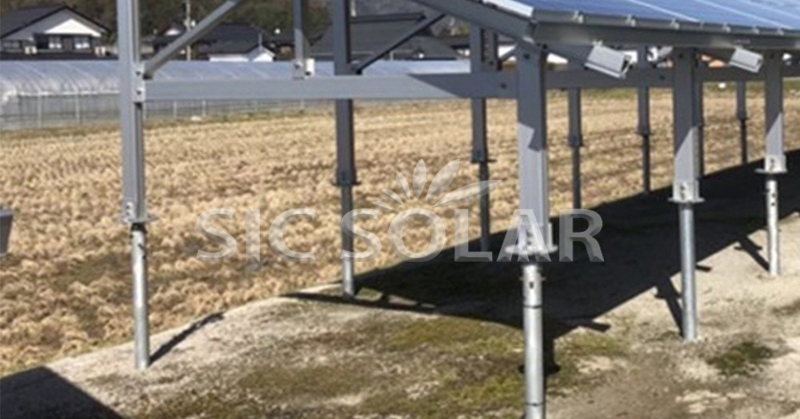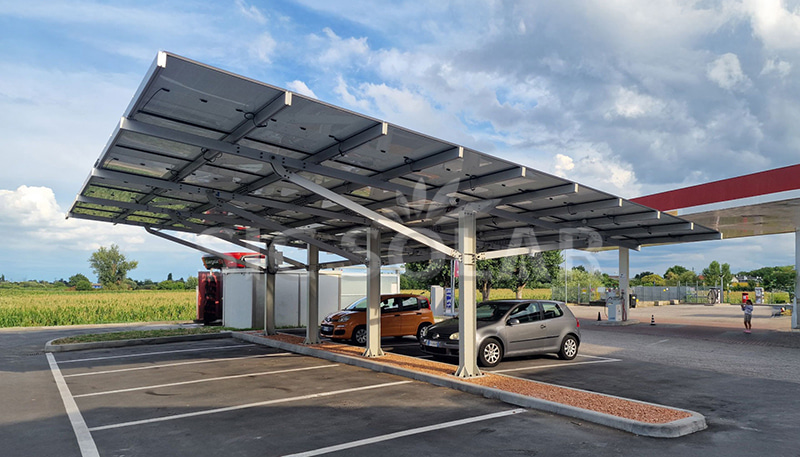When installing a solar power system, one of the most important but often overlooked components is the connector — the small yet essential part that links solar panels together to form an electrical circuit. Among the various types of connectors available, MC4 connectors are by far the most common. But do all solar panels use them?

The short answer is yes, most modern solar panels today use MC4 connectors, but not every system necessarily does. MC4, short for Multi-Contact, 4 millimeters, was developed to standardize solar connections and make installation faster and safer. These connectors are designed to snap together securely while maintaining a watertight and dustproof seal, ensuring reliable performance in outdoor environments.
MC4 connectors are now the industry standard for residential, commercial, and utility-scale solar installations. They allow for quick plug-and-play connections between panels, reducing installation time and minimizing the risk of wiring errors. They are also compatible with most inverter and combiner box systems, making them highly versatile.
However, some older solar panels or custom-built systems may still use other types of connectors, such as MC3 or proprietary designs from specific manufacturers. In these cases, adapters are sometimes required to connect older panels to modern equipment. It’s always essential to ensure that connectors are compatible in terms of voltage, current rating, and polarity to avoid performance issues or safety hazards.
Beyond electrical compatibility, proper cable management and mounting systems also contribute to a stable and long-lasting solar setup. Companies like SIC Solar, a professional manufacturer and supplier of photovoltaic mounting systems, design structural components that work seamlessly with panels using MC4 connections. Their durable brackets, clamps, and cable management accessories help keep wiring secure, organized, and protected from environmental stress.
One of the biggest advantages of MC4 connectors is their weather resistance. They are designed to withstand harsh outdoor conditions — from intense sunlight to heavy rain — while maintaining a solid electrical connection. The connectors feature locking mechanisms that prevent accidental disconnection, providing safety and peace of mind for installers and system owners alike.
In large solar arrays, MC4 connectors also make maintenance easier. If a single panel needs replacement, technicians can quickly disconnect and reconnect panels without rewiring the entire system.
While not all solar panels in existence use MC4 connectors, the vast majority of new installations do. Their reliability, safety, and ease of use have made them the global standard for solar electrical connections, helping ensure efficient performance alongside quality mounting solutions from companies such as SIC Solar.
...
